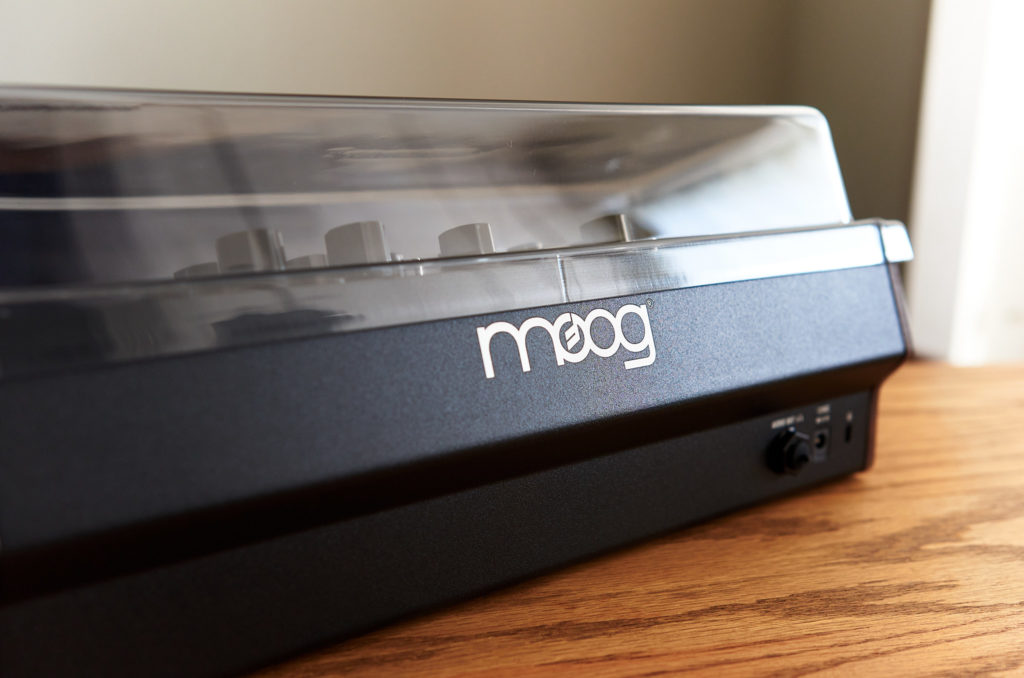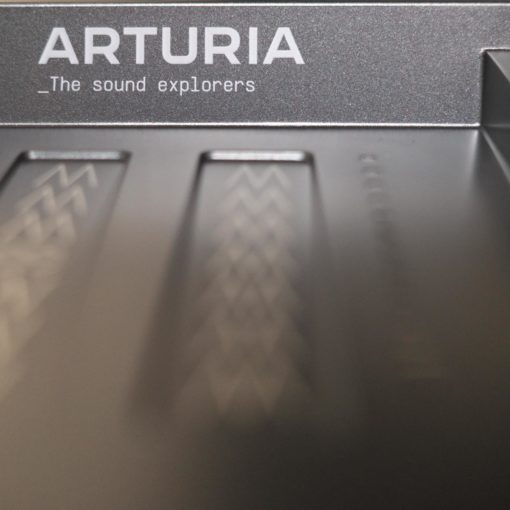
This is an un-review of the Subharmonicon. There are many great videos already on Youtube demonstrating the sounds and functionality of this synth, so instead I will relay my thoughts as a customer and a player.
I own a Model D and a Pro-1 by Behringer, so I’m not unfamiliar with synths in the euro-rack format. While I don’t consider myself a modular synthesist, I do appreciate small instruments that can be packed away when I want to change the sound of my studio, which is where the Subharmonicon and DFAM fit in my workflow.
I have friends who complain that the DFAM doesn’t have a way to reset the sequencer or proper MIDI ports for the Subharmonicon, but I think that’s missing the point of these units. I feel that Moog knows that music plays a different role in people’s lives than it did in their heyday. Synthesis is now “a thing” amongst the masses and artists like Lisa Bella Donna can flourish as a one-person-band, from the comfort of their home studio and amass a following in ways no one could have imagined in the 60’s and 70’s.

The sounds I have created with Subharmonicon are truly unique compared to other works I have made and I credit that not to the design of the instrument per-se but more to its limitations and my musical approach. I have yet to plug in a MIDI controller, as I’ve only read the manual (I haven’t watched any YouTube Tutorials) and I have yet to dial in any of the [Moog] supplied patches. The first day I bought it, I sat down in front of the television (F1 playing in the background) and simply started pushing buttons and turning knobs, all with a pair of headphones covering only the right ear.
The immediacy of the instrument is what lends itself to being an exploratory tool. And most importantly, it is fun. The build quality is top notch. All knobs turn smoothly, the wood is properly fitted on all edges, and the Decksaver fits snuggly. Even the screening of the Moog logo is a step up from the logo-less chassis of the Behringer’s. And of course, the choice wooden end-cheeks have a grain that you can actually see and feel. In fact the whole instrument feels warmer to the touch, due to the materials used. While these factors have little to no effect on the sound, it affects the experience. That’s what you’re paying for when you buy Moog; an experience. Here’s a short track I made with the Subharmonicon plugged into a TX-6 straight into Cubasis, on the iPad. I believe I used the Waves reverb (available as an in-app purchase) from within Cubasis. Have a listen.
